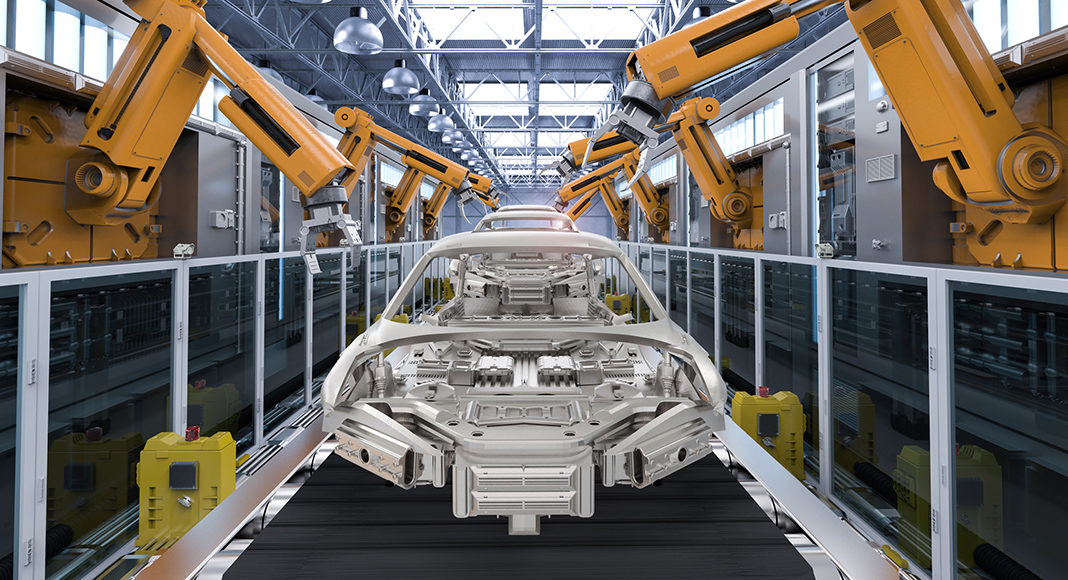Carmakers are making vehicles more crashworthy about three times faster today than they did in the mid-1990s, but those improvements and new safety features still take decades to filter into most vehicles on the road, according to a new report.
New studies from the Highway Loss Data Institute (HLDI) show Government mandates, voluntary manufacturer commitments and independent safety ratings can have a dramatic influence on how quickly automakers make such improvements.
âAs independent safety ratings gain prominence, they have become an important marketing tool for carmakers, resulting in faster rollouts,â said Matt Moore, Senior Vice President for HLDI.
A parallel study of the speed at which advanced safety features make their way into the overall US fleet suggests that government mandates and voluntary manufacturer commitments also have a powerful impact on the pace of change.
Rear cameras, which were first introduced in model year 2002 and are now required on all new vehicles, are expected to be installed on more than half of all registered vehicles by 2023.
The percentage of vehicles equipped with front autobrake, which was introduced in model year 2006, is expected to increase nearly fivefold to 24 percent in 2023 from about five percent in 2018.



















